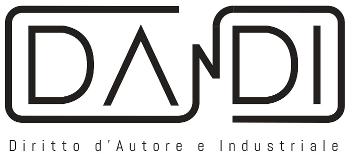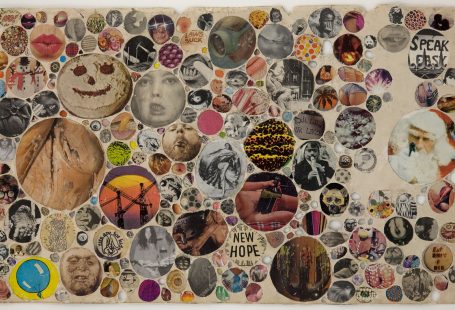The introduction of the blockchain technology is a great asset to the art industry. Although many companies offering services to implement the blockchain into art are yet at the beginning of a new era, it’s definitely a great technology to copyright art. In this article, I’ll talk about the blockchain technology security, how it can be used and its benefits to the art industry.
Blockchain Security Basics
Before getting into details how the blockchain technology can be used to copyright art, it’s important to understand the basics of the security of the blockchain technology.
Typically, a centralized solution – where all the data is stored on a single server – is vulnerable to server attacks, leaving the entire network at risk and experience the impact of the attack. The blockchain technology counters that vulnerability by introducing a decentralized solution. A decentralized network means that the data is shared and stored across the network, instead of one single entity hosting the data.
When new data is updated to the network, the data is verified by the network as a whole and not a single party. The traditional system of storing data maintains the network and validates new transactions by using one single entity.
Every participant in the blockchain network holds a copy of the ledger on a node. A node is a shorthand for a device that stores the data of a network.
So, changes in the network are being verified and updated to the entire network by the network itself, making tampering with the data in the network almost impossible.
Every block in the chain includes a hash of the previous block and the hash of the block itself. A hash is a unique string of data that stands for a certain set of transactions, or movement of data. In case someone tries to tamper the data in a block, the hash will change. That means that the previously stored hash on the next block is not identical anymore, which means that the change in data becomes invalid.
For example, if you would want to tamper with a network, you would have to recalculate the entire blockchain to change all the hashes, which is incredibly time-consuming and pretty much impossible as the blockchain technology has a time limit for creating new blocks, which allows new blocks to be calculated every 10 minutes. The only other option to allow “fake” changes in the network is by owning more than 50% of all the nodes in a network to verify fake data changes, which is nearly impossible as most networks are far too big for that.
Using Blockchain to Copyright Art
In today’s art industry, galleries, auction houses and artists rely on provenance to confirm the authenticity of a piece of art. In short, provenance is a record of transactions that shows how a piece of artwork switched from owner to owner, tracing back to the original artist who created the piece. It’s basically a collection of gallery bills, auction records, museum records, shipping labels and stamp records that, bundled together, proof who it’s original creator is.
As you can imagine, it’s not extremely difficult to tamper with provenance documents in order to fake a piece of artwork. If you Google it, you can find plenty of legal cases where parties were being sued for forging with provenance documents and either pleaded guilty or were found guilty.
In essence, provenance documents are a centralized solution. Thus, that’s where the blockchain technology comes into play. The blockchain can be used by artists to register their piece of art by providing certain specific information to create a unique hash or token that will enter the blockchain of the company.
Once the artwork is sold to another party, it can be traced by its unique hash to determine its authenticity. The artist gives the token to the new owner and that transaction will be recorded in the network. Whenever it’s sold again or changes ownership, the transaction is recorded in the blockchain and a new block is added. That way, artists can protect their work with a unique token or hash.
For example, Binded, a company that received significant investments, provides a system where photographers can protect their work by using the blockchain technology and works as described above.
The blockchain technology removes third-parties from the quotation such as auction house with huge commissions. Also, art enthusiasts are able to buy directly from artists, knowing they’re buying authentic work. As a result, artists will receive more money for their work and collectors can buy art for lower prices.
Final Thoughts
Regardless whether a piece of artwork is sold once or 200 times, the blockchain enables the ability to create certifications and unique tokens. By doing so, the artwork can be easily traced and traded. The buyer is also assured that it’s an authentic piece of artwork.
This is a new era for the art industry and it’s going to take it a lot further than where it is today. I’m excited to see what companies will rise out of the ashes to launch progressive services that protect artists and their work.
Bill here from PixelPrivacy.com. Whether it be one of our in-depth guides or our expertly crafted “how-to” articles, we’re here to show you how to stay safe online. We believe everyone has the power to keep their data secure, no matter what your level of tech expertise is and our site will show you how!
Dandi Law Firm provides legal assistance in Copyright. Check out our Services or contact Us!






